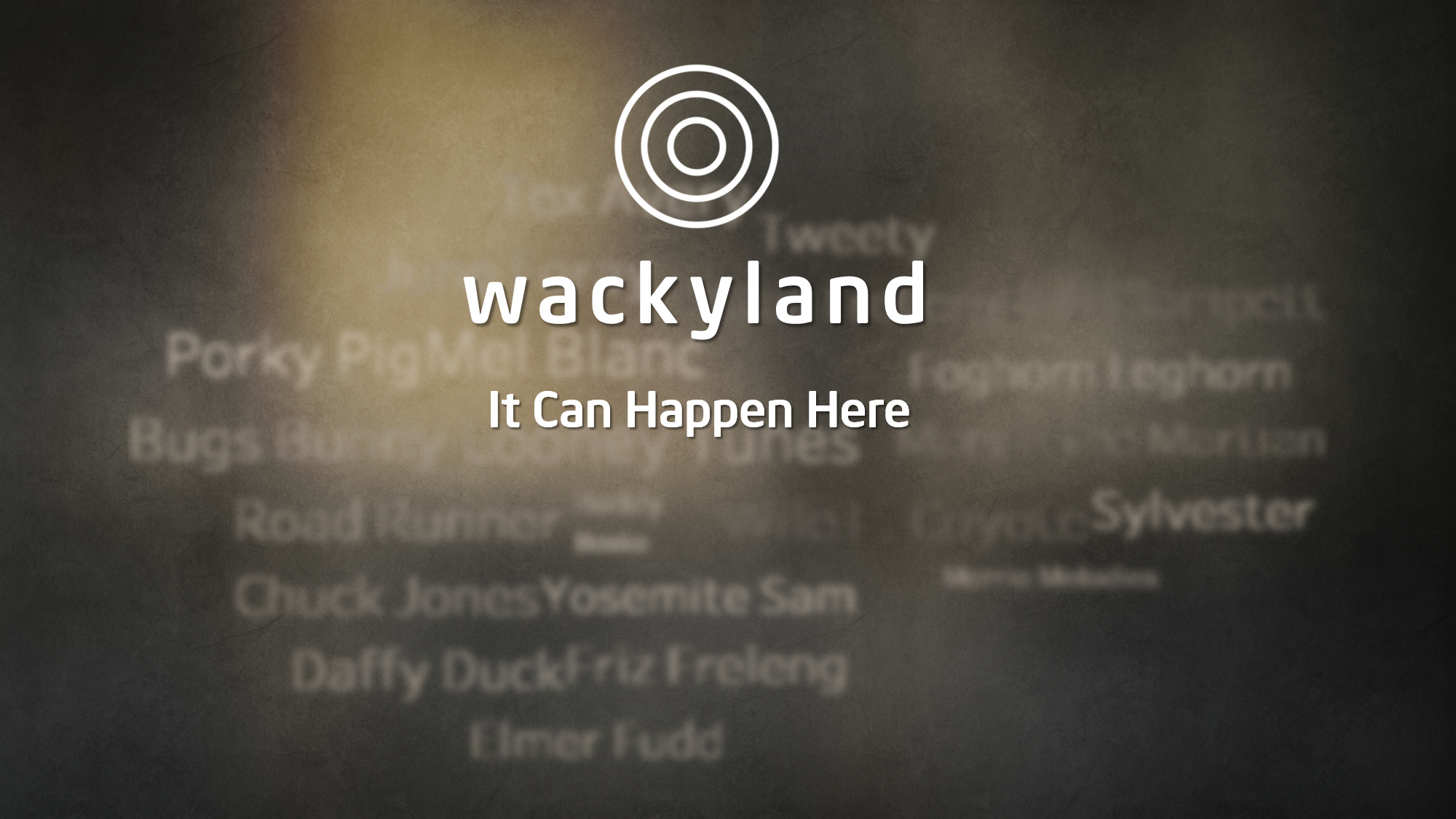“Me, dragon lady.”
Directed by Robert McKimson; Story by Tedd Pierce; Animation by Tom Ray, George Grandpre, Ted Bonnicksen, and Warren Batchelder; Layouts by Robert Gribbroek; Backgrounds by William Butler; Film Editor: Treg Brown; Voice Characterization by Mel Blanc; Musical Direction by Milt Franklyn. A Looney Tune released on February 14, 1959.
Daffy is Irish, but they call him China Jones. A nod to the series “China Smith” but not a very clever name. How about China Schmidt? Or China Smithers? Or… I don’t know, China Shmith? Actually, that one wouldn’t work as Daffy is actually lisp free in this cartoon. As he finishes the meal he was eating, he cracks into his Chinese fortune “cakes”. There’s no fortune in it, and that really is the worst feeling in the world. They’re not called advice cookies! I mean, “cakes”.
It actually isn’t advice either. It’s a plea! A plea for help! Someone is being held prisoner in a bakery with a reward of 150 pounds. (Do tell. They must have been in there decades to think that joke is still clever.) But as the parody suggests, Daffy is a detective and should probably solve this case. All he needs is a hot tip, and those tend to be supplied at Limey Louie’s tavern. But as he prepares to depart, he is approached by another famous detective, Charlie Chan, er, Chung. (See? This one makes sense.) And no squinty eyes/Fu Manchu mustache can hide my beloved Porky from my fanboy/stalker eyes. Man, do I want to wallpaper my room in his autograph.
Chung is here on some matter of money. He’s not really elaborating for the sake of a punchline, but a good detective like Jones can figure it out. The most obvious reason is the most likely. Chung is just trying to get himself a piece of the pound pie. Jones brushes him off so he can get to Louie’s. Now, Louie and Jones have a bit of a history. Jones is kinda, sorta the person who sent Louie to prison. And unbeknownst to Jones, Louie is already released and has set this whole prisoner thing up to get some delicious cold revenge. Donning a disguise, he awaits the P.I.
Louie introduces his self to Jones as the Mrs. and gives a sob demonstration of how the cops treated her husband, on Jones. But once that thrashing is over, “she” is willing to give Jones the tip he needs. Pick a card, any card, specifically the card being subtly pushed onto you. These are bad leads that just lead Jones to a couple of painful mishaps, but it doesn’t seem like he’s catching on until after the second attempt. Fun’s gonna have to be cut short Louie, go on and reveal yourself.
Revealing his true identity, and revealing the hoax, Louie is ready for a Peking duck dinner. Jones bravely runs into the backroom. He trips a trapdoor that leaves him dangling over a pit of Chinese alligators. Louie does Tweety’s “piddy” shtick, to feed his pets. (It is a pretty funny change up with the thick cockney accent.) Jones barely manages to escape this familiar situation, when Chung reappears. Can he help out? Well, I wouldn’t doubt Porky is capable, but he never said he was a detective at all. He’s a laundry man. And that money matter he wanted to discuss? Jones’s bill.
In the end, Louie gets away with assault and Jones is forced to work off his tab. Shouting for help, in mock Chinese, about his ironic punishment of being trapped in a Chinese laundromat. (This ending was cut during the 90’s. Probably a good call for impressionable minds. I mean, I definitely used mock Chinese myself as a kid. I really didn’t need more encouragement.)
Favorite Part: Jones, trying to “duck” out on his bill, quotes Confucius. Chung quotes right back, calmly pulling out a club as he does so. Bass. There’s no other word for him.
Personal Rating: I’m giving it a 1. It’s loaded with stereotyping that can not; should not be considered funny in today’s day and today’s age. If it doesn’t bother you as much, I believe you can consider it a 2.



